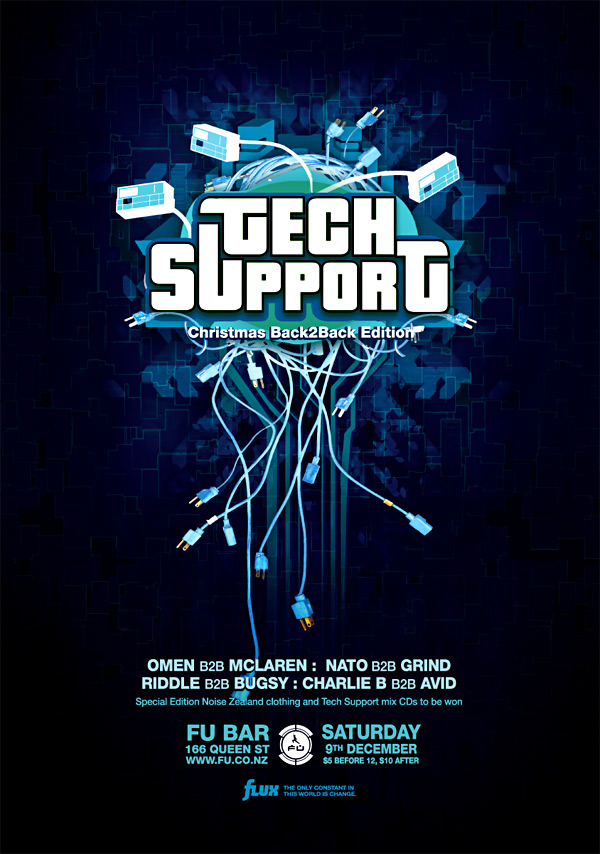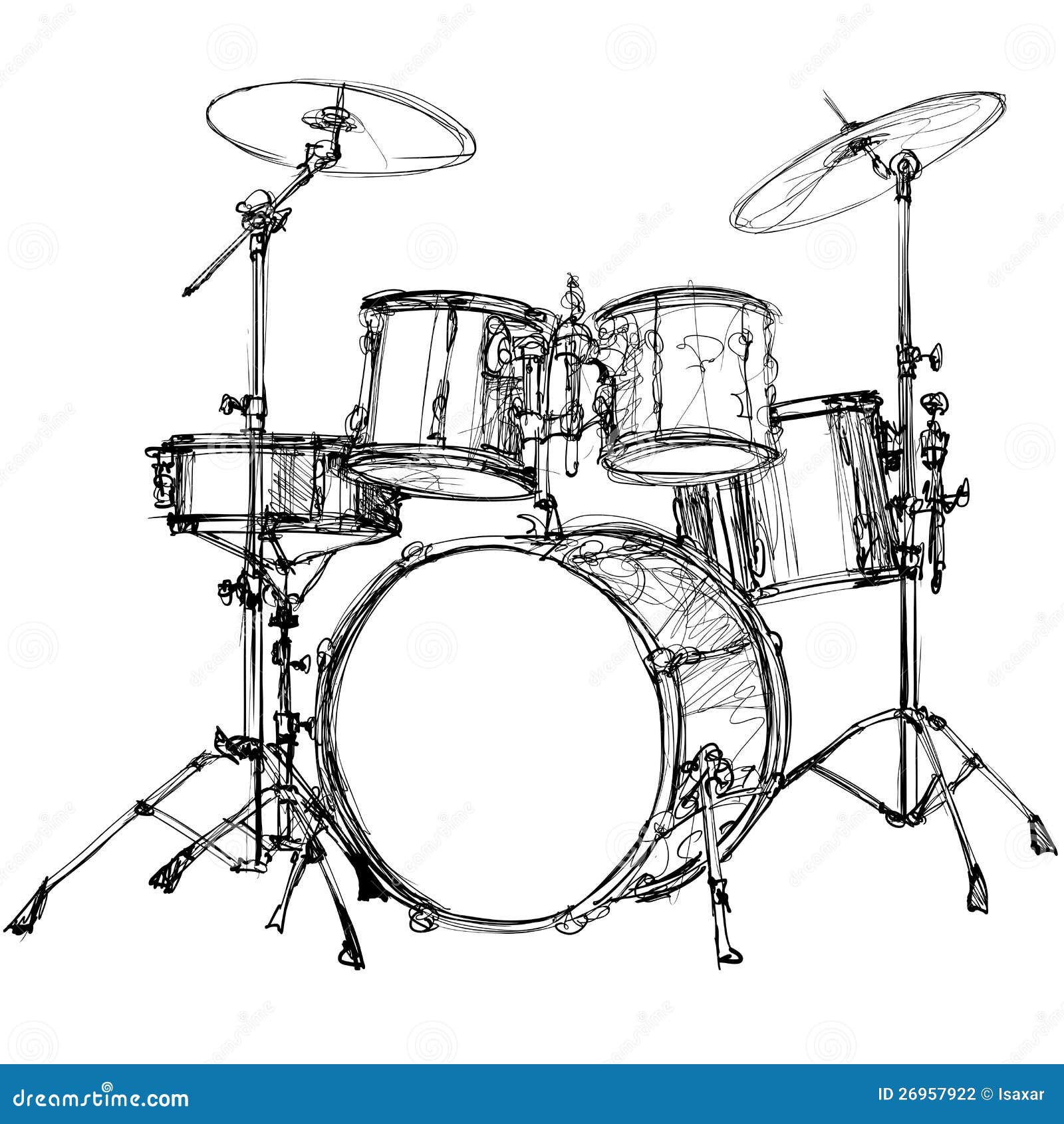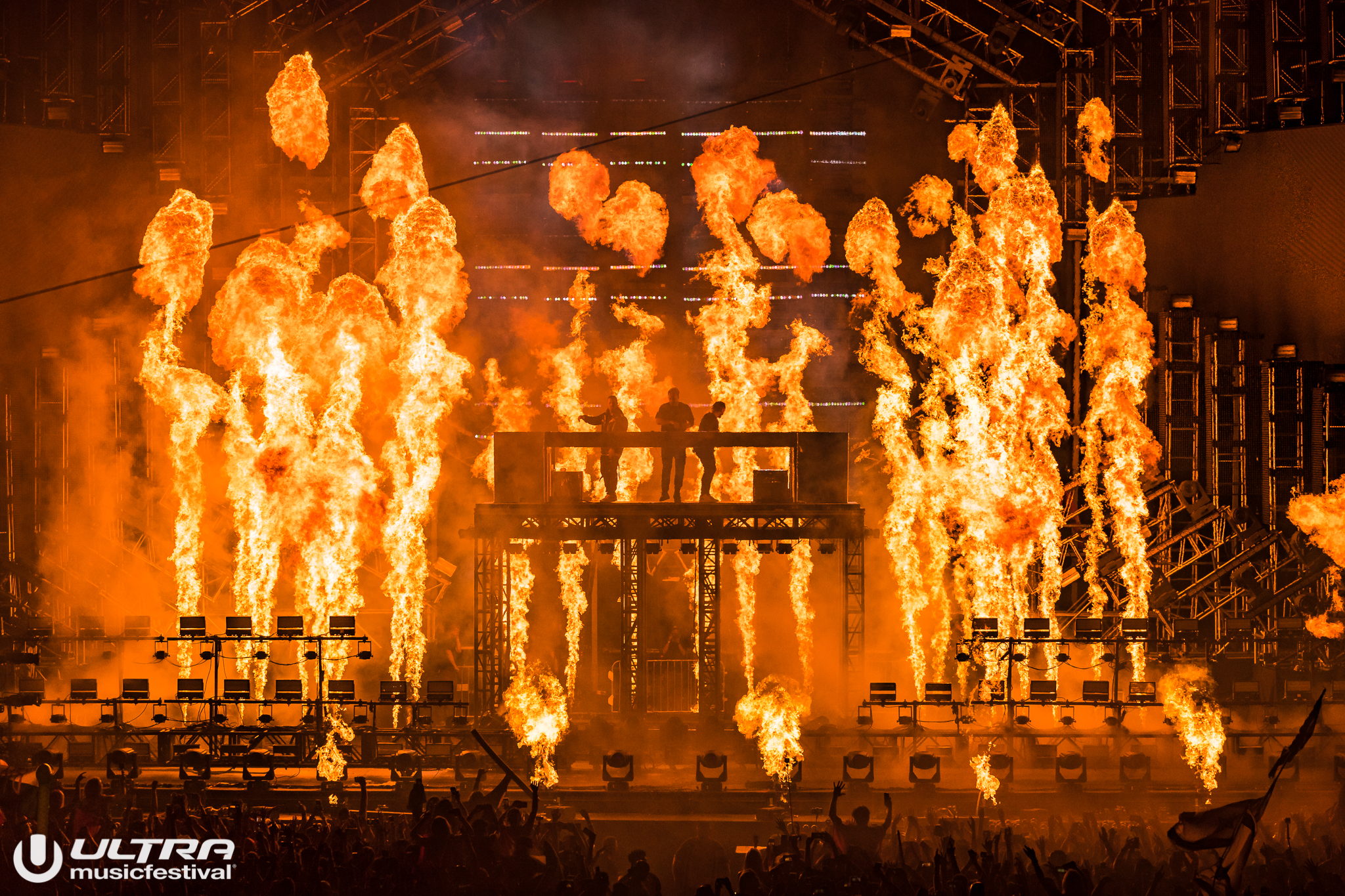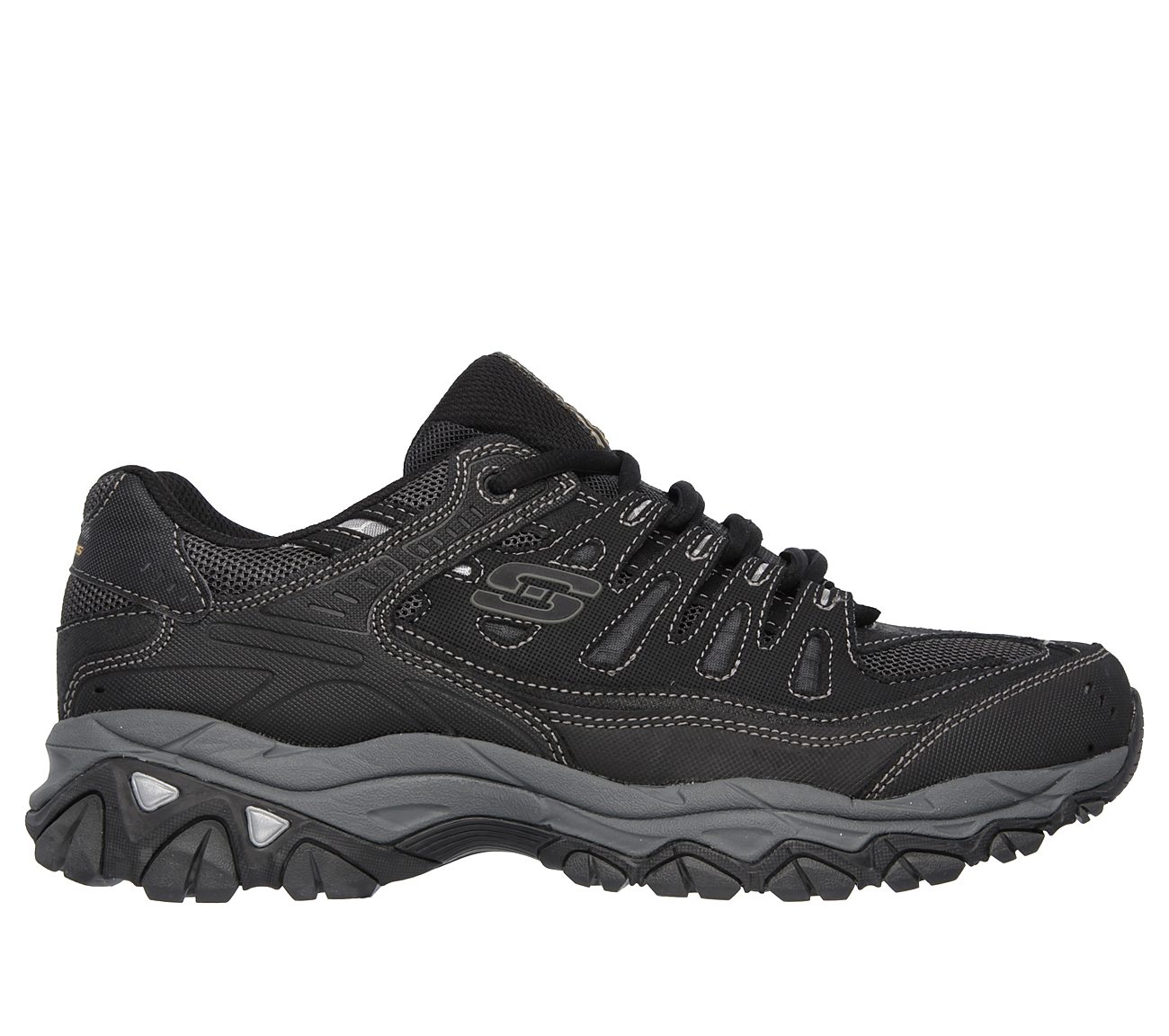I believe we should look at the Afterburn Effect as calorie burn and fat loss between sets, NOT the calories burned following a workout (EPOC). We should also consider calories burned during each set. Based on research, I believe this is how we should measure the effectiveness of a fat loss workout. Exercise AfterBurn: Research Update By Chantal A. Introduction Just pickup a recent trade magazine on the news shelf and you are sure to read about a new exercise program that will accelerate the rate at which you burn fat after completing the particular workout. Well, if your answer is YES, then this article is for you. Afterburn effect can be defined as the calorie burn after a workout. Afterburn effect isnt a miracle fat loss; it. A study in the European Journal of Applied Physiology revealed that this doubled the afterburn effect. Your body has to work twice as hard after intense exercise to replenish its oxygen stores, says Tom Crisp, consultant sports physician at the Barbican BUPA Centre, London. This physiological effect is called excess postexercise oxygen consumption, or EPOC. Also known as oxygen debt, EPOC is the amount of oxygen required to restore your body to its normal, resting level of metabolic function (called homeostasis). Known as the afterburn effect, this process is said to rev up your metabolism and torch calories for up to 24 hours after exercise. It's a theory many HIITbased studios tout as a major health benefit of their workout, promising you'll reap the rewards of their onehour workout for days. When you finish an intense track workout, you know youve burned a significant number of calories. But what you may not realize is that your body continues to burn them even when youre done. Afterburn may refer to: Excess postexercise oxygen consumption, the burning of calories after vigorous exercise Afterburn (psychotherapy), a psychological term used during the application of psychotherapy When most people think of losing weight and toning up, they tend to think of doing endless cardio and going on frustratingly strict diets. Where diet is indeed an important factor, these people usually focus on quantity of exercise, rather than the quality. The socalled afterburn effect is more officially known as excess postexercise oxygen consumption or simply, EPOC. And it isn't new in the world of fitness. And it isn't new in the world of. The afterburn effect is a great end product of working with weights and multiple muscle groups. However the term has been reused and abused. It really is great to take advantage of, and everyone definitely should be going heavy and doing compound movements. The afterburn effect allows you to burn even MORE calories once you are resting after exercising. The best part about the afterburn effect is that it is a process. The afterburn effect is formally called EPOC, meaning excess postexercise oxygen consumption, Cris Dobrosielski C. je verbrandt tot 1000 Kcal per sessie n blijft tot 36 uur na je training extra calorien verbranden door het afterburn effect! veilig en doelgericht dankzij de hartslagmeting een. The phenomenon is given the name afterburn effect since your body continues to burn calories after you are done with the exercise. Duration of this afterburn effect can last up to 24 hours, depending upon the potency of the workout. See an archive of all Afterburn Effect stories published on Greatist. Of course, the after burn effect is a huge benefit of your training. However, it shouldnt be a goal of your training especially when you train with Freeletics Running. The only way to progress continuously and to improve your performance is a combination of different training intensities. First things first, what is the afterburn effect in general? The afterburn effect is simply additional energy expenditure that occurs after exercise. The afterburn effect is when your body keeps burning energy (fat in particular) after you finish exercise. While some types of exercise burn mainly carbohydrates while youre exercising and stop burning energy once youre finished, other types of exercises burn mainly fat while youre exercising and keep burning fat for hours after you finish. The After Burn Effect How HIIT Keeps You Burning Long After Youre Done. You have probably heard of HIIT, otherwise known as High Intensity Interval Training, a method many people are using to lose weight fast. Its proven that HIIT burns more calories in half the time than traditional cardio exercise. AfterBurn is an advanced volumetric particle effects engine plugin that enables rendering of various realistic effects ranging from clouds, pyroclastic smoke, dust, explosions effects, liquid metals and various procedurally defined objects. Along with FumeFX, it is a perfect tool for your VFX toolbox. The afterburn effect is a relatively new phenomenon in the fitness space, but it has been studied by scientists for decades. In the literature, it is known as excess postexercise oxygen consumption (EPOC). In other words, it's the number of calories you expend after exercise. The Afterburn Effect of Weightlifting Like cardio, the EPOC of weightlifting varies depending on the types of workouts and the training status of the subjects. Research shows weightliftings afterburn effect is fairly long (15 to 38 hours) and the metabolic boost is, on average, about 9 to 11. MSI Afterburner is available completely free of charge and can be used with graphics cards from all brands. Afterburner is the gold standard of overclocking utilities. so you can keep a close eye on the effect of your overclocking settings while gaming. Excess postexercise oxygen consumption (EPOC, informally called afterburn) is a measurably increased rate of oxygen intake following strenuous activity. The EPOC effect is greatest soon after the exercise is completed and decays to a lower level over time. Afterburn Effect Summary What is the Afterburn Effect? In short, the afterburn effect is calorie burn AFTER exercise. The afterburn effect is difficult to estimate as youll learn in a moment. The Afterburn Effect is the term used to describe calorie burning or fat burning that happens after you stop exercising. In scientific literature, the Afterburn Effect is known as Excess Post Exercise Oxygen Consumption or EPOC. The After Burn Effect this is a hot topic that keeps coming up in bodybuilding and fitness discussions. Many Fitness Gurus try to make it out to be some big fancy complex method of training. Afterburn Effect Training is a very popular exercise method and is the choice of most fitness experts. This is because it allows you to get much faster results for a. For the most part, the bodybuildingfitness community avoided circuit training. There were a couple of reasons for this: The cardiovascular system was the limiting factor on how much weight could be used for each exercise in a circuit. The afterburner effect only seems to last about 24 hours so you need to do cardio daily if you want the effect. Doing a 7 hour run on sunday burns off fewer calories than doing a 30 minute jog each day and the 7 hour run will kill you. The afterburn effect is the extended period of time after your workout that your body continues to burn calories due to the high intensity of weight training and interval training. Maximize weight loss results with the afterburn effect. The afterburn effect is the extended period of time after your workout that your body continues to burn. Afterburn Experience It L afterburn effect reprsente la dpense calorique postentranement. Cette dpense calorique est difficile estimer mais sachez que plus lentranement est intense, plus l afterburn effect est lev. The after burn effect is simply additional energy expenditure that occurs after exercise. How long after the exercise does the body continue to lose Weight and build muscle? The more intense the physical stress, the longer the body takes for these processes. In simplest terms, the afterburn effect is essentially the calories you continue to burn after exercising. While many people primarily pay attention to the amount of calories they burn while running, cycling, swimming or lifting weights, theres a whole other important component to calorieburning that you might be overlooking. What's the afterburn effect and how can you harness it to burn more calories and lose weight faster? Check out this video for the answer. For a deeper look at the afterburn, visit this blog post. The afterburn effects scientific name is excess postexercise oxygen consumption, or EPOC. EPOC, also known as oxygen debt, is the amount of oxygen required to return the body to its resting state. In short, the definition of the afterburn effect is calorie burn AFTER exercise. If you are doing an intense activity like sprinting, your body experiences a metabolic disturbance. It takes time and calories for your body to get back to. The afterburn effect is formally called EPOC, meaning excess postexercise oxygen consumption, Cris Dobrosielski C. , spokesperson for the American Council on Exercise (ACE) and. The length of your afterburn and the number of calories you burn during this time depends on the intensity of your exercise. Workouts involving highintensity training such as HIIT can cause your body to have an afterburn for up to 48 hours after youve finished exercising. Benefits of Afterburn Each of these different styles of workout help produce the afterburn effect. Since your body is being pushed to its limits and your heart is pumping, your body will continue to use more oxygen even after the workout is over so you continue to burn calories. There is a large amount of scientific literature proving the existence of the Afterburn Effect (EPOC). If you are a fitness geek like me I definitely encourage you to check out the studies for. Welcome to the afterburn effect facebook page! Find all sorts of health and fitness advice and The afterburn effect is simply additional energy expenditure that occurs after exercise. It is the fat your body burns AFTER you have completed your work out. In order to truly understand how the afterburn effect works, you have to start by understanding how your body burns fat while youre at the gym. Par dfinition, lafterburn effect est la perte de calories aprs lentrainement. Pour faire simple, un entrainement physique (peu importe le temps ou lintensit) implique plus ou moins un afterburn effect. Un peu de thorie En gros, si je vais faire un footing dune heure ou si je vais faire. Afterburn Effect Afterburn Effect. 3 Ways To Burn More FatBuild More Muscle In Less Time. Jackson Yee Make sure you're struggling for air after each set so you capture the EPOC effect and keep your recovery time to 1 minute. The discomfort you'll experience signals an effective workout. Go to the track or octagonyou'll see people fighting for air. by Nstor Snchez October 11th, 2016 February 15th, 2017. Are you wondering how to lose weight faster? A very clever hack is by increasing your metabolism and activating the afterburn effect by using fat burning exercises. In this article we give you all the details to implement this strategy. If you exercise in the right way, your body continues to burn calories up to 48 hours AFTER you finish working out. The.











